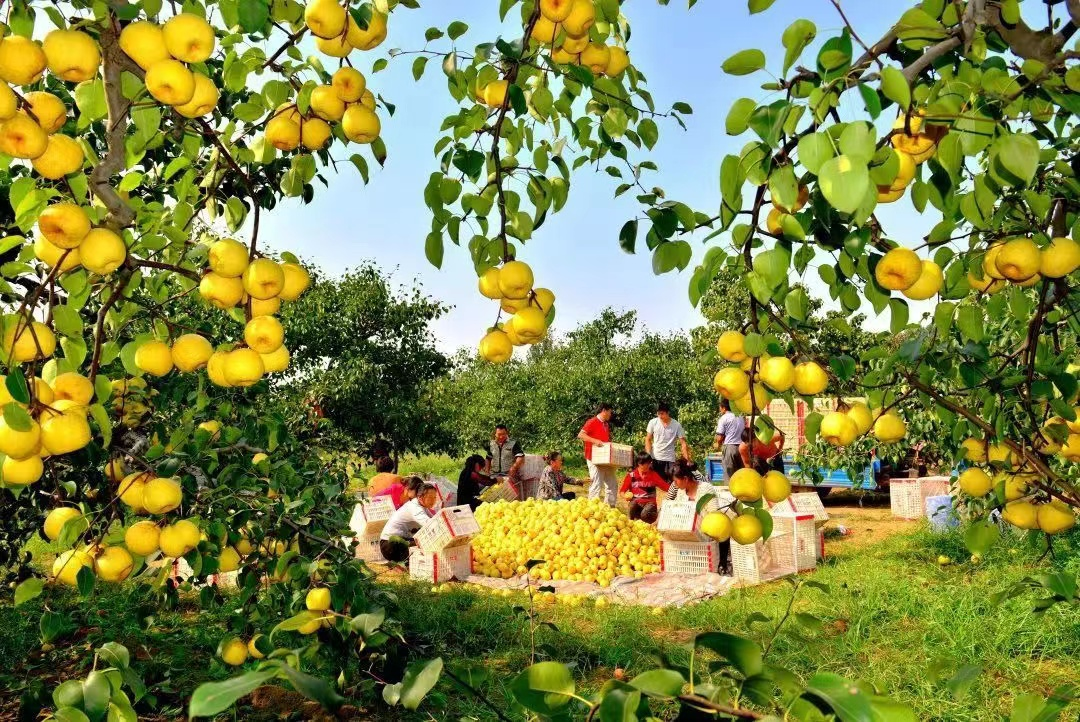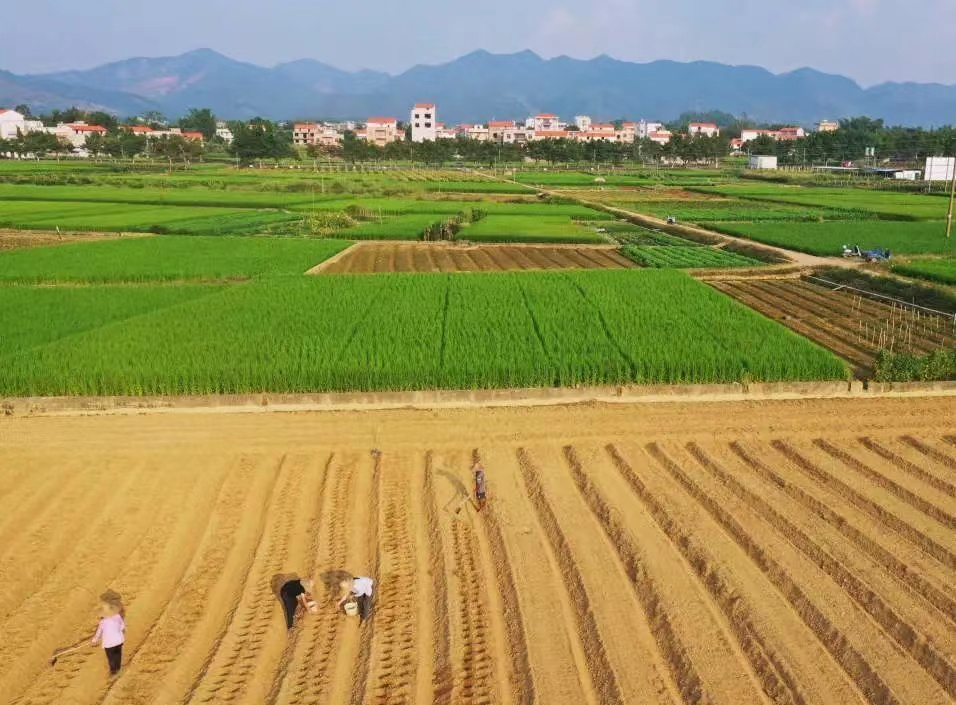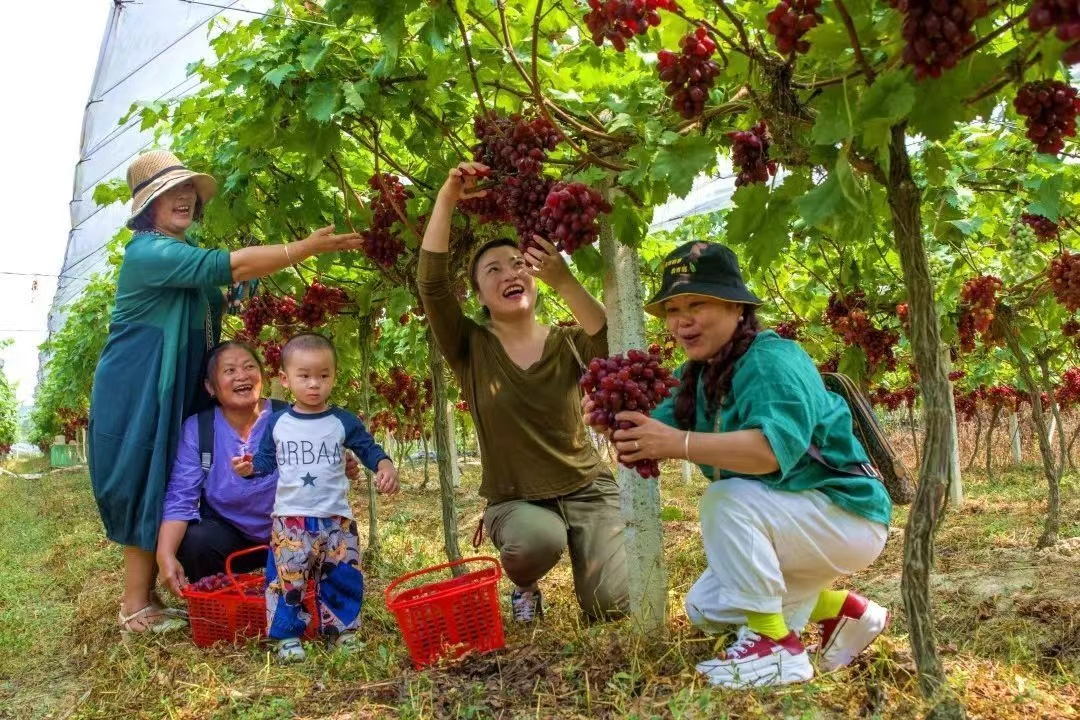
Autumn Equinox lies at the midpoint of autumn, dividing autumn into two equal parts. After that day, the location of direct sunlight moves to the south, making days shorter and nights longer in the northern hemisphere. The traditional Chinese solar calendar divides the year into 24 solar terms. Autumn Equinox, (Chinese: 秋分), the 16th solar term of the year, begins this year on Sept 23 and ends on Oct 7.

As it is said in the ancient book, The Detailed Records of the Spring and Autumn Period (770-476BC), "It is on Autumn Equinox day that the Yin and Yang are in a balance of power. Thus the day and night are of equal length, and so are the cold and hot weather."
By Autumn Equinox, most of the areas in China have entered the cool autumn. When the cold air heading south meets the declining warm and wet air, precipitation is the result. The temperature also drops frequently.
In this season, crab is delicious. It helps nourish the marrow and clear heat inside the body.

In South China, there is a custom popularly known as "having Qiucai (an autumn vegetable) on the Autumn Equinox day". Qiucai is a kind of wild amaranth. Every Autumn Equinox day, all the villagers go to pick Qiucai in the wild. Qiucai is verdant in the field, thin, and about 20 cm in length. Qiucai is taken back and made into soup with fish, called "Qiutang" (autumn soup). There is a verse about the soup: "Drink the soup to clear the liver and intestines, thus the whole family will be safe and healthy".
By Autumn Equinox, olives, pears, papayas, chestnuts, beans, and other plants enter their phase of maturation. It is time to pick and eat them.
By Jin Lu


